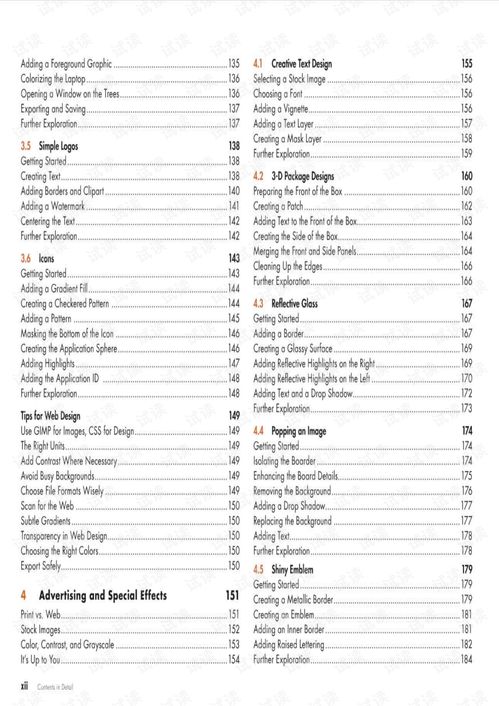Content:

Introduction: Fishing, an ancient pastime that has stood the test of time, requires not only patience and skill but also a deep understanding of the tools of the trade. One such tool that often goes overlooked is the fishing tackle sheet. This seemingly simple document can hold the key to successful angling experiences. In this article, we will delve into the essential tips for reading fishing tackle sheets like a pro, ensuring that you are well-equipped for your next fishing adventure.
Understanding the Basics: Before diving into the intricacies of a fishing tackle sheet, it's crucial to understand the basic components. These typically include the type of fishing line, lure, rod, reel, and any additional accessories. Familiarize yourself with these terms to begin your journey towards mastering the art of reading tackle sheets.
The Importance of Line Size and Weight: One of the first things to look at on a fishing tackle sheet is the line size and weight. The line size refers to the diameter of the line, while the weight indicates the thickness. Both factors play a significant role in determining the type of fish you can catch and the conditions under which you can fish. For instance, lighter lines are ideal for delicate fish like trout, while heavier lines are better suited for larger species like bass or pike.
Choosing the Right Lure: The type of lure you use can make or break your fishing experience. Tackle sheets often provide detailed descriptions of different lures, including their size, color, and intended use. Look for information on the lure's action, whether it's meant for topwater fishing, subsurface fishing, or a combination of both. Additionally, consider the season and the specific fish species you're targeting when selecting a lure.
Rod and Reel Compatibility: A fishing tackle sheet will also specify the rod and reel compatibility. It's essential to match the strength and action of your rod with the line weight and type you plan to use. The reel should be capable of handling the line capacity and retrieve rate you require. Pay close attention to these details to ensure a seamless and effective fishing experience.
Accessory Recommendations: Tackle sheets often include recommendations for additional accessories, such as hooks, swivels, and split rings. These accessories can significantly impact your fishing success. Choose high-quality, durable materials that are suitable for the fish species and fishing conditions you're dealing with.
Reading the Fine Print: Don't overlook the fine print on a fishing tackle sheet. This may include important information such as warranty details, care instructions, or specific usage guidelines. Understanding these details can help you maintain your equipment and avoid potential issues on the water.
Research and Compare: Before making a purchase, it's always a good idea to research and compare different options. Look for reviews and ratings from other anglers to get a better understanding of the performance and reliability of the tackle you're considering. This can help you make an informed decision and invest in the best equipment for your needs.
Keep a Tackle Sheet Reference: Once you've mastered the art of reading fishing tackle sheets, keep a reference copy handy. This can be a digital copy on your smartphone or a physical copy in your tackle box. Having quick access to this information can save you time and frustration when selecting your equipment for a fishing trip.
Conclusion: Reading fishing tackle sheets is a skill that can elevate your angling experience. By understanding the basics, paying attention to line size and weight, selecting the right lure, ensuring rod and reel compatibility, and considering accessory recommendations, you'll be well on your way to becoming a tackle sheet pro. Remember to research and compare your options, keep a reference handy, and enjoy the thrill of the catch with the right tools in hand. Happy fishing!












